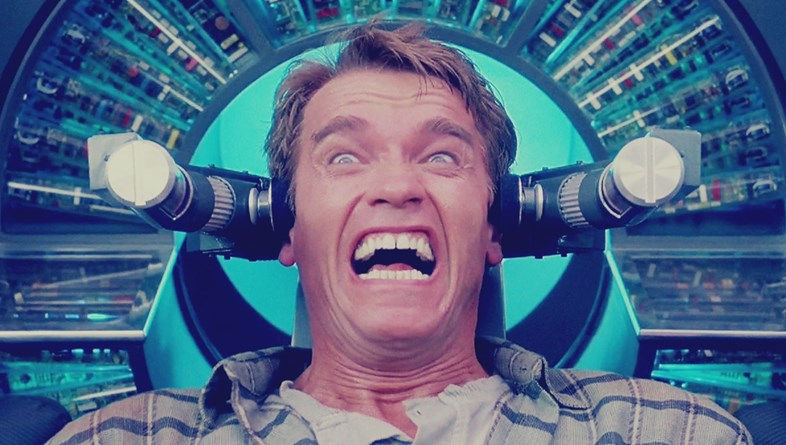
Introduction
For as long as I can remember, there has been talk of Virtual Reality. It could be for the gaming industry, to watch a movie, or just trying to make the Holodeck from Star Trek a reality. There appears to be a push this year towards Virtual Reality. Playstation and other companies are releasing various versions of VR this year. Due to this, I thought it would be a good time to write about the subject. The reason I decided to use the picture above for the article image is because that was the first image that came up when I Googled Virtual Reality. :)
Brief History
The idea of Virtual Reality obviously was not named as such in its infancy. The first thought of an image, that was more than what people were used to, was the idea of a panoramic picture. Most paintings were of people and square canvases. However this brought a new dimension to paintings.
In 1838, Charles Wheatstone discovered that if you put 2 pictures side by side in a stereoscope, the brain would view the pictures differently, and give the impression of pictures having more depth than before. This idea or principle was part of the View Masters that came out in the late 1930's. I believe that I still own one of those.
Picture of a View Master Stereoscope

In 1929, there was a great breakthrough in aviation training when the first simulator was born. This was created by Edward Link. His creation was called the Link Trainer. The below is from an excerpt from the virtual reality history site:
"It was controlled by motors that linked to the rudder and steering column to modify the pitch and roll. A small motor-driven device mimicked turbulence and disturbances. Such was the need for safer ways to train pilots that the US military bought six of these devices for $3500. In 2015 money this was just shy of $50 000.".
Link Trainer Picture

In the 1930's, science fiction books and movies were in its infancy. I believe the notion of virtual reality was very intriguing to many at the time and still is today. The movie that planted the seed was a movie called Pygmalion's Spectacles which came out in 1935 by Stanley Weinbaum. The creepy part about this movie that came out almost 80 years ago, was the description of what this futuristic technology would be. They explained that people would be wearing goggle like devices that would simulate touch and smell and would have holographic recording. That is pretty damn close to today's Virtual Reality prototypes.
I am sure that everyone that saw this movie was intrigued, but the whole idea would have been an after thought. So for about 20 years, talk of the idea of Virtual Reality kind of stayed dormant. It really resurrected again in the 1950's, when a man named Morton Heilig created a machine called the Sensorama. Basically it was the idea of a modern arcade style cabinet where you have a stereo system and other devices. It made the movie watcher be part of the film. The Chair would vibrate and the cabinet would react according to the action or the scenes in the film. I guess this would be the father of IMAX to a degree.
Example Sensorama

I would feel kind of odd watching a movie like this as it does not look too comfortable.
It is in 1960 when we saw the first mounted Virtual Reality head mount. The 60's had many people pushing in the attempt to make this technology a reality. In 1961, was the first motion tracking HMD. This was the first time that the idea of putting a head mounted display in which you could look around your surroundings. Although the idea was awesome at the time, the technology was not yet perfected as computers lacked the power needed to make this a viable option for Virtual Reality.
In 1968 was the invention of the Sword of Damocles by Ivan Sutherland. This was a head mounted display that was connected to a computer and not a display. From the pictures that I have seen, it looks really not comfortable. It really looks like something out of Total Recall.
Picture of Sword of Damocles

From Virtual Reality History Web Site: In 1969 Myron Kruegere a virtual reality computer artist developed a series of experiences which he termed “artificial reality” in which he developed computer-generated environments that responded to the people in it. The projects named GLOWFLOW, METAPLAY, and PSYCHIC SPACE were progressions in his research which ultimately let to the development of VIDEOPLACE technology. This technology enabled people to communicate with each other in a responsive computer generated environment despite being miles apart.
I know that the above is basic, but I wanted to just show you where this notion came from. As you can see, the imagination about this subject has been going on for quite awhile. It is nice to see it evolve into something greater than an idea. You can view a more in depth explanation of the history of Virtual Reality at the following web site.
Look out for Part 2 of this series, coming soon!
Facebook: https://www.facebook.com/corporategamer/
Twitter: @CorporateGamer9
YouTube Channel: https://www.youtube.com/user/123corporate
Site: philipteoli.com
